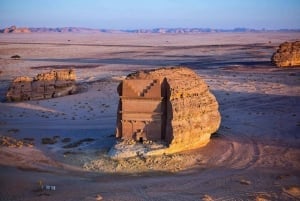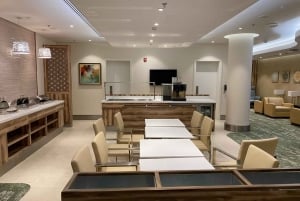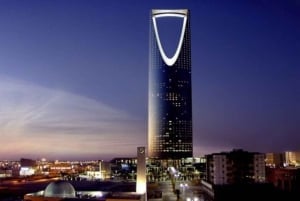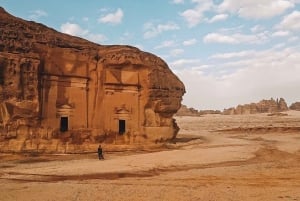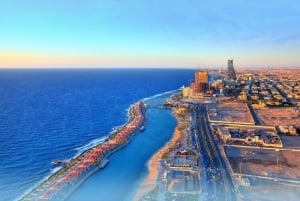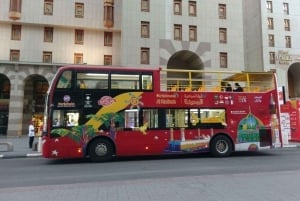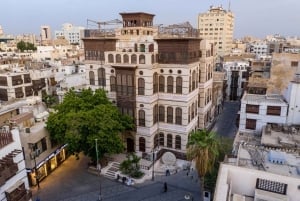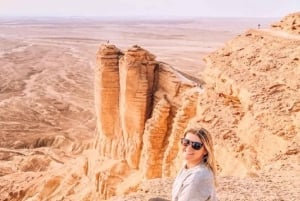Medina
The amount of affection towards a place may be measured by the number of nicknames it is given. In Medina’s case, it’s five (a high score). But it’s best known as Medina Al Munawarra, or the Radiant City. Medina city is part of the Madinah province.
Medina, which is the Arabic word for ‘city’, is in the western region, 190 kms inland from the Red Sea and 340 kms north of Mecca. Medina, at 625m above sea level, is in the most fertile area of Hejaz: a lush desert oasis bordered by mountains where date palms and grain grow in abundance.
It's home to the ancient city of Mada'in Saleh, once part of the Nabatean empire that also built Petra in Jordan.
It’s also home to the magical (or spiritual, depending on individual inclinations) geological structure known as the ‘magnetic’ hill. That’s where the geological formation on the surface of the earth appears to rise uphill when in fact it’s going downhill; and the illusion is that of objects, water flow, and even cars, being pulled upwards, against gravity. This particular ‘magnetic’ hill is located in a valley not far from Medina, aptly named Wadi Al Jinn (Valley of the Genies).
Medina, a major pilgrimage site for Muslims around the world, was the city that welcomed the Prophet Muhammad after he fled Mecca, marking the year of the Hijra. It is in Medina that the Prophet is buried. It was also here that the first mosque was built, the Quba’ Mosque; today, the world’s oldest mosque.
The world’s second oldest mosque is also in Medina: Masjed Al Nabawi (The Prophet’s Mosque),located in the heart of Medina, and surrounded by markets and residences. Under the green dome of the Masjed Al Nabawi is the tomb of Prophet Muhammed well as the tombs of his daughter Fatimah and those of the first two caliphs; Abu Bakr and Omar Bin Al-Khattab who were buried nearby.
At the time the Masjed Al Nabawi was built, it was a simple structure, with open spaces covered with palm trunks. It served as a community center as well as a place of worship. It had three entrances, one of which was for women, and all three entrances have been integrated into its more recent structure. Over the centuries, the mosque was enlarged and modified. But its original arrangement has been replicated in the basic structures of mosques ever since.
The city’s streets and spaces underwent renovation, expansion and modernization in the 50s and 60s. Today, five-star hotels and modern amenities are all located within easy access to Medina’s holiest sites. As the city of date farming, Medina’s many markets offer varied types of dates at different stages of growth: an astounding experience of sweet and bitter-sweet tastes. Like Mecca, non-Muslims are prohibited from entering Medina.


